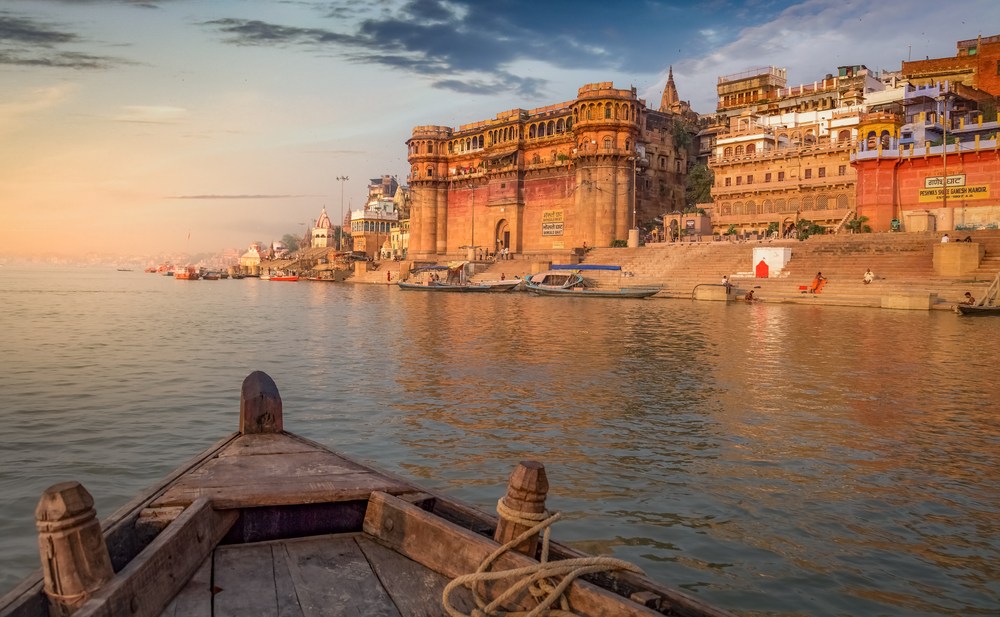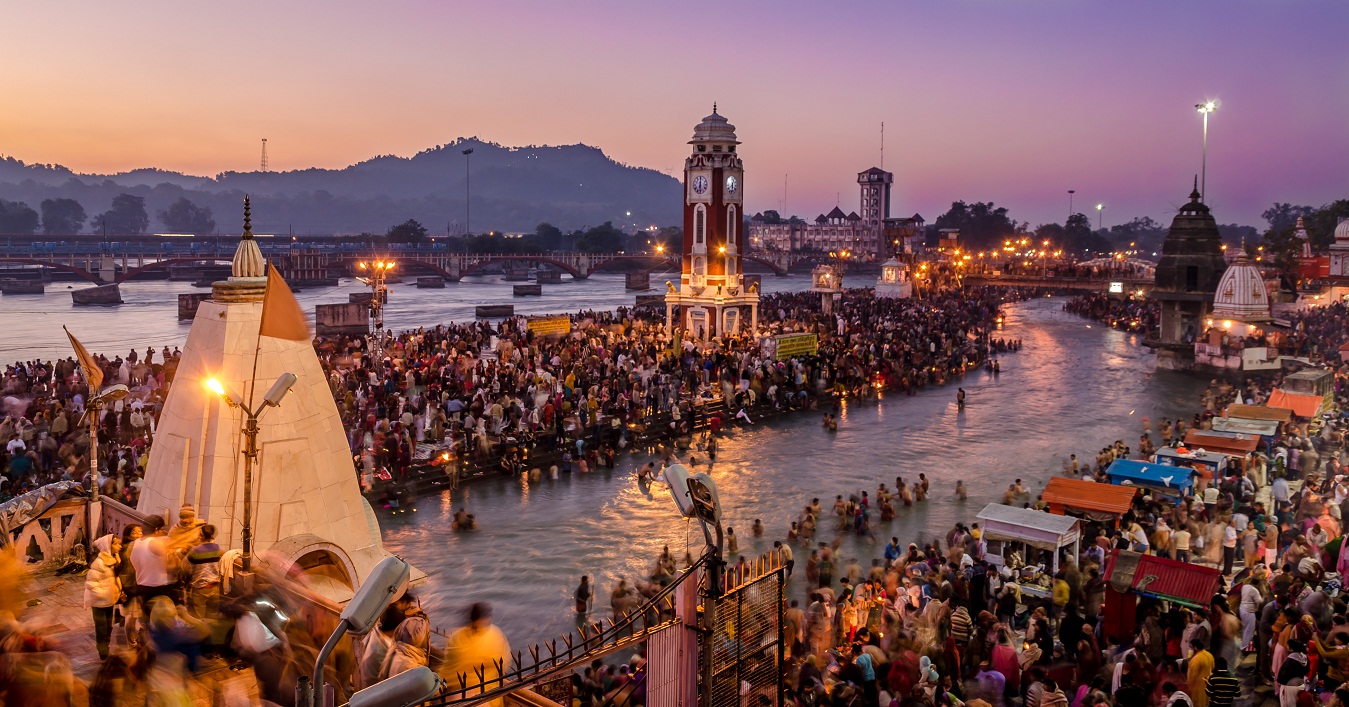Where is the sacred river ganges india

Where is the sacred River Ganges? India.
The sacred River Ganges, also known as the Ganga, is one of the most revered and worshipped rivers in the world. Flowing across the northern region of India, it holds immense cultural, religious, and historical significance. Enveloped in myths, legends, and tales of salvation, this majestic river has captured the hearts and minds of people for centuries.
Located predominantly in India, the Ganges River originates from the Gangotri Glacier in the state of Uttarakhand, high up in the Himalayas. As it begins its journey, it cascades down the mountains, gushing through narrow valleys and plunging waterfalls, before ultimately entering the sprawling Indian plains.
Considered the lifeline of North India, the River Ganges meanders through several important cities, including Rishikesh, Haridwar, Kanpur, Allahabad, Varanasi, Patna, and Kolkata, before merging with the Bay of Bengal in the state of West Bengal. These cities, along the course of the river, have immense historical, cultural, and religious significance.

The Ganges is not just a river; it is a symbol of spirituality, purity, and salvation for millions of people. According to Hindu mythology, the Ganges is said to have descended from the heavens to cleanse the sins and grant salvation to mortals. Pilgrims from all over the world visit its banks, seeking spiritual purification and performing sacred rituals.

The river plays a vital role in the everyday lives of millions of people. Its water is not only used for drinking and irrigation purposes but is also considered holy and used in religious ceremonies. Devotees often take a dip in its waters, believing that it will wash away their sins and bring them closer to god.
Apart from its religious significance, the Ganges River is also a source of livelihood for millions of people residing along its banks. Fishing, agriculture, and trade are integral parts of the local economy, making the river a lifeline for the communities that depend on it.
Unfortunately, due to population growth, industrialization, and inadequate waste management, the Ganges faces numerous environmental challenges. Pollution levels, caused by untreated sewage, industrial waste, and chemical runoff, have reached an alarming level, posing a threat to both the river and the surrounding ecosystem.
Efforts are being made by various organizations, governments, and individuals to restore the health and cleanliness of the Ganges. Numerous initiatives have been undertaken to clean the river and raise awareness about its conservation. The government of India has launched the Namami Gange project, a comprehensive program that aims to rejuvenate the river and ensure its long-term sustainability.
In conclusion, the sacred River Ganges is located in India, with its origin in the Himalayas and its course flowing through several important cities before merging with the Bay of Bengal. This magnificent river holds immense religious, cultural, and historical significance, making it a symbol of spirituality and purity. However, it also faces environmental challenges that necessitate conservation and restoration efforts. The Ganges will continue to be a revered and cherished icon in the hearts of millions, both in India and around the world.
Sources:
Tags
Share
Related Posts
Quick Links
Legal Stuff

